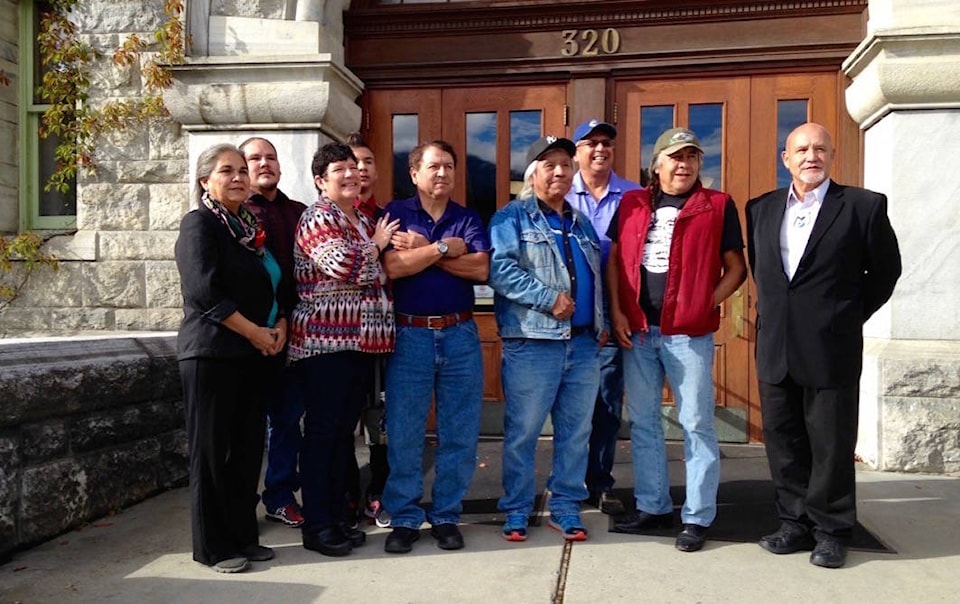In a historic decision, the Supreme Court of B.C. has ruled that the Sinixt are legitimately aboriginal people under the Constitution of Canada.
Until Justice Robert Sewell’s decision last week, the group has been non-existent in the eyes of the provincial and federal governments as a result of the federal government’s declaration in 1956 that the Sinixt were extinct in Canada.
In Nelson’s B.C. Provincial Court in March, 2017, Richard Desautel, a Sinixt man and U.S. citizen, was found not guilty of shooting an elk out of season in Canada as a non-resident. Judge Lisa Mrozinski ruled that Sinixt hunting rights in Canada have endured to the present day and that even though he did not live in Canada he was part of an aboriginal “rights-bearing group.”
The province appealed her decision to the Supreme Court of B.C. The appeal hearing was held in September and Sewell handed down his written decision last week, upholding the lower court decision.
Desautel said in a news release that he is “extremely pleased to see the spiritually important decision of the Provincial Court upheld, again confirming our indigenous traditions and natural laws. We intend to continue our work of strengthening ties to both our Canadian territory and the citizens of British Columbia.”
Much of the appeal turned on the question of whether the Sinixt could be considered to have aboriginal rights under the Charter of Rights considering, as the crown argued, that they live mostly in the U.S. separated from Canada by an international boundary.
Sewell said the boundary does not matter.
“Aboriginal rights are grounded in prior occupation of the land before contact … I therefore conclude that the fact that Sinixt people … are now resident in the U.S. does not preclude them from being considered to be an aboriginal people of Canada.”
Related:
- Sinixt hunter acquitted in Nelson court (March 2017)
- Nelson court hears appeal in Sinixt hunting case (Sept. 2017)
Sewell wrote that he was aiming for reconciliation, not exclusion.
“I find that recognizing that the Sinixt are aboriginal people of Canada under s. 35 (of the Constitition) is entirely consistent with the objective of reconciliation established in the jurisprudence. In my view, it would be inconsistent with that objective to deny a right to a group that occupied the land in question in pre-contact times and continued to actively use the territory for some years after the imposition of the international boundary on them.”
Desautel’s lawyer, Mark Underhill, in an interview with the Star, called this a “very strong judgement” that has implications beyond the case.
“This is something the Supreme Court of Canada has been saying for many years now — that what matters is the prior occupation by aboriginal people.
“That is the big take-away,” Underhill said. “The judge said, ‘Look, province, you have been coming at it completely backwards … What matters is the unequivocal truth that they were there for thousands of years and that is why they are an aboriginal people of Canada.’”
Should the province decide to further appeal the case to a higher court, the next level is the B.C. Court of Appeal.
